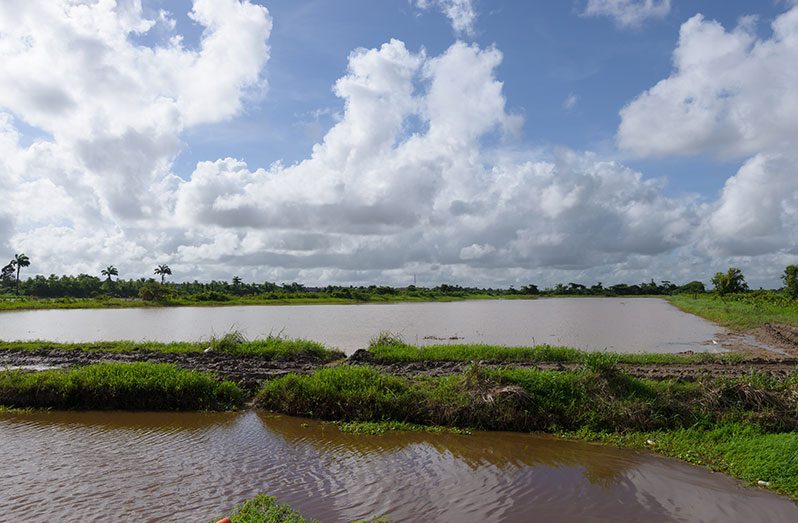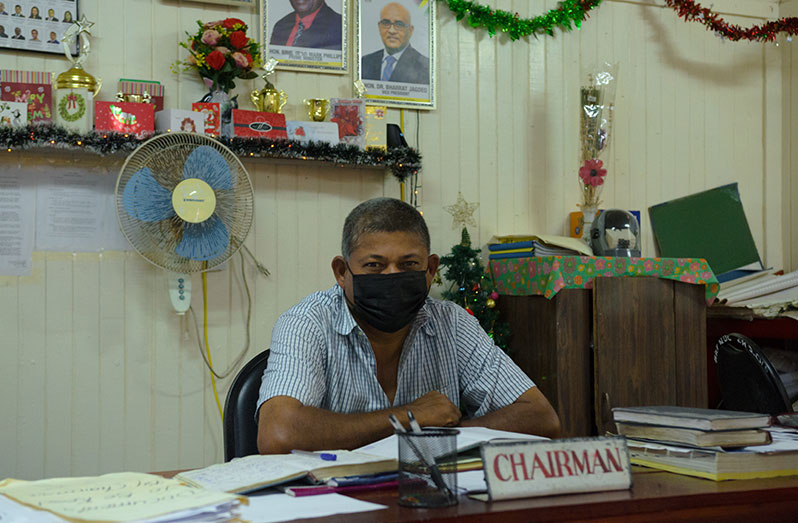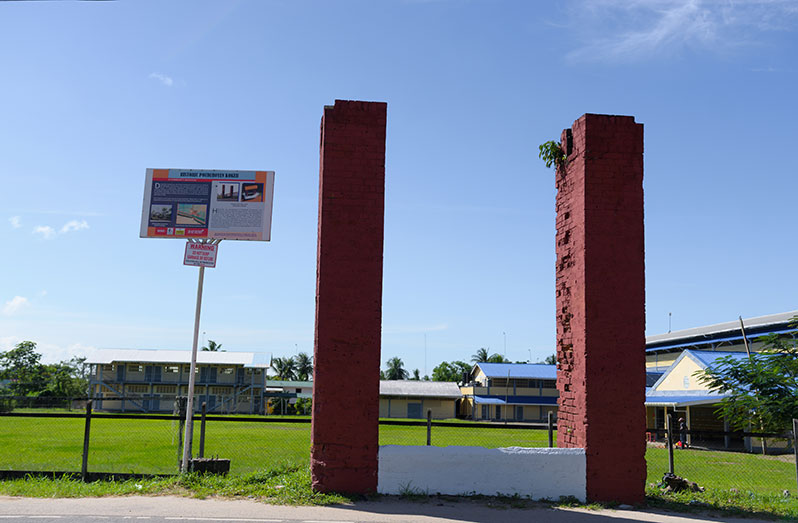The village of bountiful mangoes
This week the Pepperpot Magazine journeyed over land, over the Demerara Harbour Bridge (DHB) to the agricultural village of Samaroo Dam Village, West Bank Demerara.
SAMAROO Dam is situated between Malgre Tout and Plantain Walk.
This village runs deep down a long, winding, recently upgraded all-weather road, which is about a mile and a quarter way down to the savannah area, where rice lands are plentiful.
Samaroo Dam is also called ‘Mango Dam,’ because of the different variety of mango trees which seem to be always bearing and have some huge roots and trunks, said to have been planted by the Dutch. The locals would pick the mangoes and make achar and other local dishes such as mango curry and “gurumba.”
The village has a rich history that dates back to the Dutch days, and today the Pouderoyen Koker, built in 1823 by the Dutch, is being preserved by the Best/Klein Pouderoyen Neighbourhood Democratic Council (NDC).
The Koker was re-painted, and it serves as one of the many historical sites in the village.
Down the long, winding road there are two silk cotton trees still standing there.
The population of Samaroo Dam is about 5,000 and it is a mixture of East Indians and Afro Guyanese residing side by side in this countryside village.
The village has two sides, north which is Killerny and south which is Samaroo Dam and it has several alleyways and a portion of a squatting area.
It was a place of mostly farmlands that was converted into a housing scheme in the 1960s.
It was then named after one of the rice mill owners, Samaroo, and today the village still has a history of rice-farming. Sections of the savannah area are utilised for large-scale rice cultivation.
The village also cultivated sugar cane, which was done by the Vieiras of Versailles, a neighbouring village, but sugar cane cultivation ceased recently.
Samaroo Dam is a bordering dam to Versailles and Coghlan Dam, and the village has two plantations.
The main economic activities of the locals include farming, livestock-rearing, poultry and cattle, with some skilled tradesmen, butchers, public servants and some private-sector workers.
The village has a lot of small-business owners, shops and other businesses such as cement block-making, food places, bars, rum shops, and beauty salons.
Samaroo Dam is a very close-knit community and the village is said to be a ‘night village,’ where a lot of people come out at night to relax, play dominoes and congregate at shops within the village to ‘lime.’
Under the NDC catchment there are about 21 streets in total and it includes Crane Phase One and Phase Two.
Pouderoyen has five plantations: Versailles, Coghlan Dam, Crane, Best and Vreed-en-Hoop.
Samaroo Dam has two squatting areas which are located behind the West Demerara Secondary School, joining Middle Street, Pouderoyen and Swan Street.
.
Village development
According to Chairman Umesh Balram of the Best/Klein Pouderoyen NDC, a hymac was expected to go in the village to execute drainage works to the southern side canal due to the rainy weather conditions.
He reported that there is an area in Samaroo Dam called Alligator Island, and that part will be maintained, as well with some drainage works to ease flooding within the village as a result of heavy and continuous rainfall.
Balram added that all potholes on the Samaroo Dam road were patched and upgraded recently, and it serves as the main access road.
He related that overburden on road shoulders will be removed when the weather is more favourable and due to COVID-19 restrictions, some works have been stalled.
Balram stated that Samaroo Dam is a low-tax collection village.





.jpg)

















